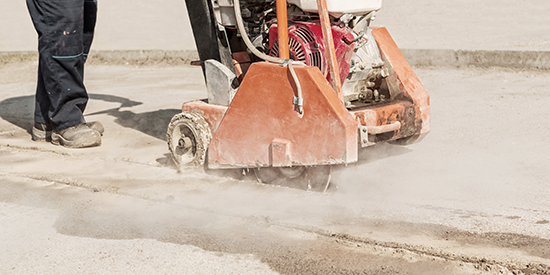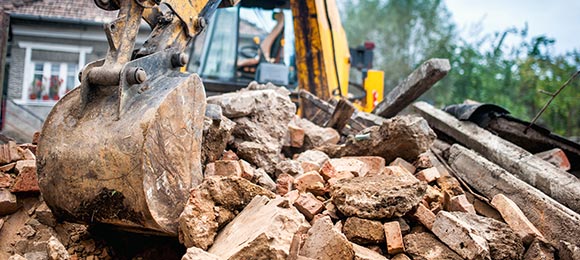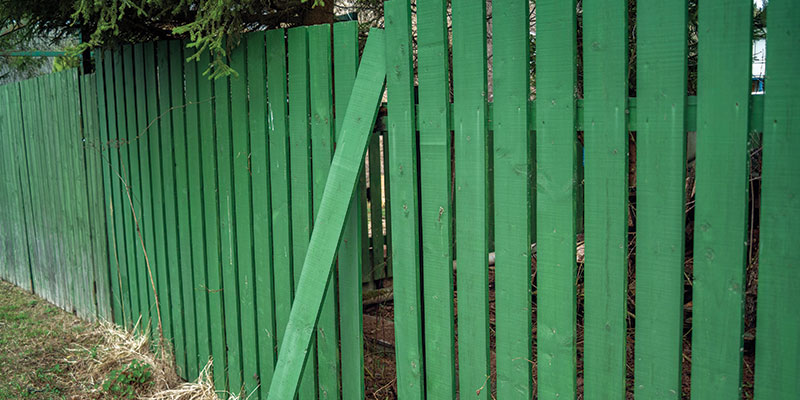
Updated March 15, 2024
Removing an old fence from your property has many benefits, like improving your home's value and increasing its security.
Fence removal isn't complicated, but if you're in the process of deciding whether or not to remove your fence, you're likely wondering if it's the right decision, how it's done, who you should hire for fence removal, how much it will cost, and whether or not you should replace it.
In this fence removal guide, we'll answer all of your fence removal questions so you can feel prepared and hire the best fence removal company for the best price.
Table of Contents
- Why should I remove my fence?
- How much does fence removal cost?
- Will removing my fence affect my property value?
- Do I need a permit to remove my fence?
- Can I remove the fence myself, or do I need to hire professionals?
- How long does it take to remove a fence?
- What should I do with the materials once the fence is removed?
- Will removing the fence damage my yard or landscaping?
- Are there any regulations or restrictions on fence removal in my area?
- Can I reuse any parts of the fence or recycle the materials?
Find fence removal near me
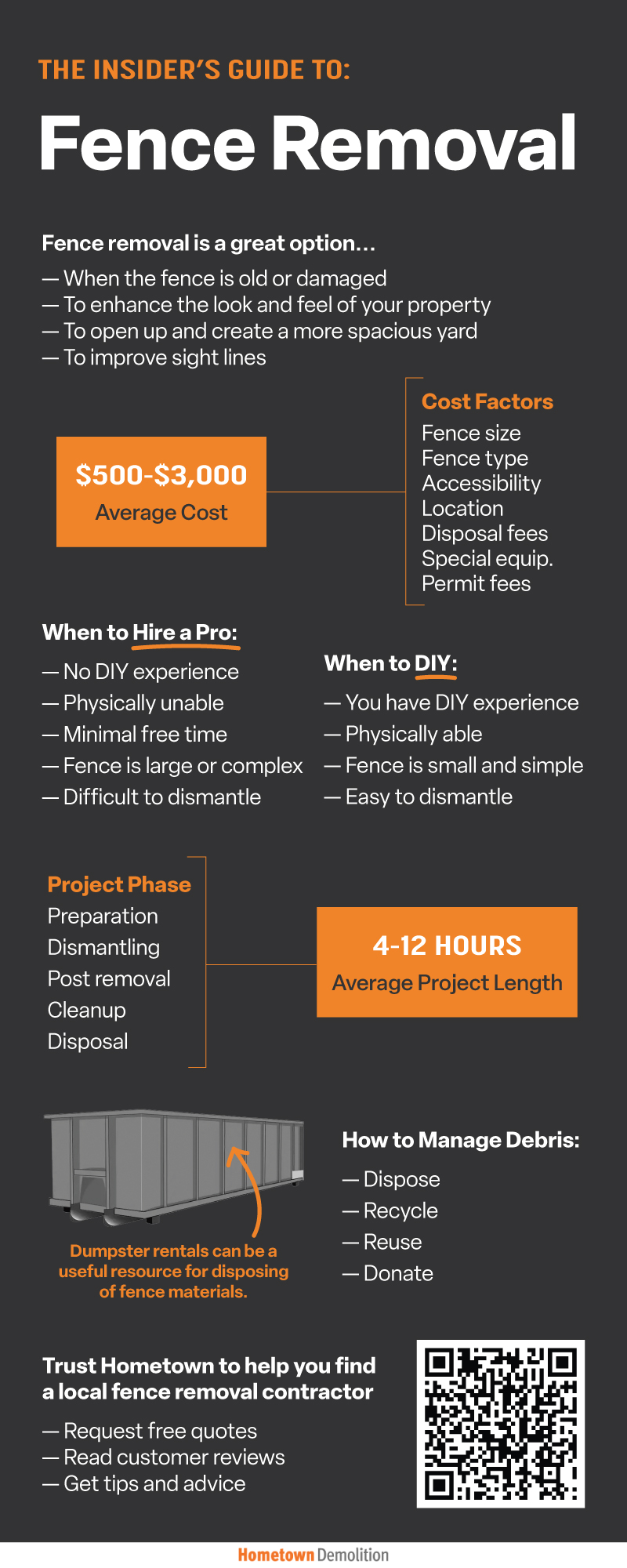
Why You Should Remove Your Fence
Of course, fence removal can be a practical choice if your current fence is old, damaged, or no longer serving its intended purpose. Homeowners often consider removing their fence to enhance the look and feel of their property, too. Removing a fence can open up your yard, creating a more spacious and inviting atmosphere. It can also allow for better landscaping opportunities, improve sight lines, and even create a more open feel in your outdoor space.
Average Cost of Fence Removal
The cost of fence removal can vary depending on several factors. On average, homeowners can expect to pay around $500-$3,000 for fence removal. The actual cost will depend on a number of factors, such as...
- Fence Size: Larger fences will generally cost more to remove than smaller ones.
- Fence Type: The material of the fence (e.g., wood, vinyl, chain-link) can affect the complexity and cost of removal.
- Accessibility: Fences that are easily accessible will be easier and cheaper to remove than those in hard-to-reach areas.
- Location: Fences located in areas with obstacles or difficult terrain may require more labor and equipment, increasing the cost. Similarly, areas with higher living expenses or greater demand for services tend to have higher labor rates, permit costs, disposal fees, etc., thus increasing overall removal costs.
- Disposal Fees: Most areas charge fees for disposing of fencing materials, which will contribute to the overall cost.
- Special Equipment: In some cases, special equipment such as a bobcat or a crane may be needed for removal, adding to the cost.
- Permit Fees: Depending on your location, you may need a permit for fence removal, which can add to the cost.
Keep reading: Fence Replacement Costs and How It's Done
How Fence Removal Affects Property Value
Removing your fence can potentially affect your property value, but the impact can vary depending on several factors. In some cases, removing a fence can actually increase property value by improving the aesthetic appeal of the property and creating a more open and spacious feel. This can be especially true if the fence is old, damaged, or unattractive.
However, the impact on property value can also depend on the reasons for removing the fence and the preferences of potential buyers. For example, if the fence provides privacy or security and its removal makes the property less desirable for some buyers, it could potentially lower the property value.
It's also important to consider the context of your property and the surrounding neighborhood. If fences are common in your area and are considered desirable by buyers, removing your fence could have a negative impact on property value. Conversely, if fences are uncommon or are not highly valued in your area, removing your fence may not have much impact on property value.
Ultimately, the effect of removing your fence on property value can be complex and may vary depending on the specific circumstances of your property and the local real estate market. Consulting with a real estate professional familiar with your area can help you better understand how removing your fence might affect your property value.
Learn more: Do Fences Increase a Home's Property Value?
Fence Removal Permits
The need for a permit to remove a fence can vary depending on your location and local regulations. In some areas, a permit may be required for fence removal, especially if the fence is a certain height or if there are specific rules regarding property improvements.
To find out if you need a permit to remove your fence, you can contact your local building or planning department. They will be able to provide you with information on the requirements for fence removal in your area and whether or not you need a permit. It's important to check with your local authorities before starting any work to ensure that you are in compliance with local regulations.
Read on: How Much Does a Demolition Permit Cost?
Find fence removal near you
DIY Fence Removal vs. Hiring a Professional

Whether you can remove the fence yourself or need to hire professionals depends on several factors, including the size and type of the fence, your DIY skills and experience, and local regulations.
For small, simple fences that are easy to dismantle and dispose of, you may be able to remove them yourself with basic tools and equipment. However, for larger or more complex fences, especially those made of heavy materials like concrete or metal, it may be safer and more efficient to hire professionals who have the experience and equipment to handle the job safely.
Additionally, some areas may have regulations or restrictions on DIY fence removal, especially if it involves digging or other potentially disruptive activities. It's a good idea to check with your local building or planning department to find out if there are any requirements or permits needed for DIY fence removal in your area.
Ultimately, the decision to remove the fence yourself or hire professionals depends on your comfort level with DIY projects, the complexity of the job, and any local regulations that may apply.
If you determine that hiring a professional is the best choice for you, trust Hometown to help you find a qualified local fence removal contractor. We make it easy to request free quotes from multiple local pros, read customer reviews, get answers to common fence removal questions, and be sure your project goes off without a hitch.
Read more:
How Long Fence Removal Takes
The time it takes to remove a fence can vary depending on several factors, including the size and type of the fence, the accessibility of the area, and whether any special equipment or tools are needed. Here's a breakdown of the typical phases involved in fence removal and an estimate of how long each phase might take:
-
Preparation (1-2 hours): This phase involves gathering the necessary tools and equipment, such as saws, hammers, and gloves, and preparing the work area by clearing any obstacles.
-
Dismantling (1-4 hours): The actual dismantling of the fence panels and posts can take anywhere from 1 to 4 hours, depending on the size and complexity of the fence. This phase involves removing any screws, nails, or other fasteners holding the fence together and carefully taking apart the panels and posts.
-
Post Removal (1-2 hours): If the fence has concrete footings or posts, removing them can be a time-consuming process. It may involve digging around the posts, breaking up the concrete, and pulling out the posts, which can take 1 to 2 hours per post.
-
Cleanup (1-2 hours): Once the fence is removed, there will likely be debris and leftover materials that need to be cleaned up and disposed of properly. This phase can take 1 to 2 hours, depending on the amount of debris.
-
Disposal (varies): Disposing of the removed fence materials can vary depending on local regulations and disposal options. Some areas have recycling programs for old fencing materials, while others may require you to take the materials to a landfill or recycling center.
Overall, the entire process of fence removal can take anywhere from a few hours to a full day or more, depending on the size and complexity of the fence and the specific conditions of the job site.
How to Manage Fence Materials and Debris
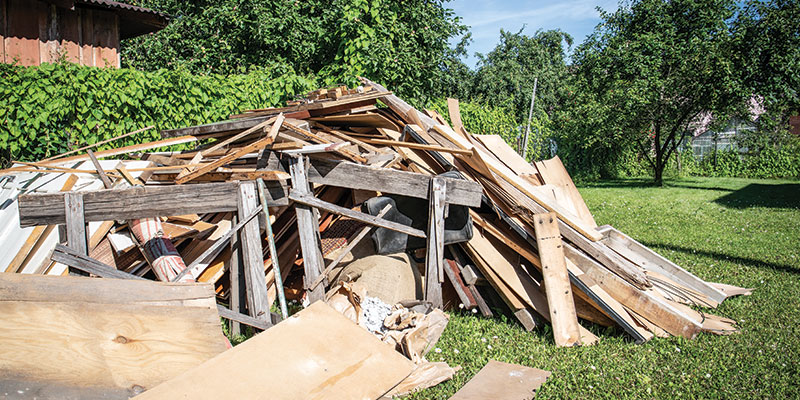
Once the fence is removed, you have several options for disposing of the materials. If you hire a professional to handle your fence removal, they often handle the debris disposal for you, but be sure to clarify this with them before hiring. If you are handling any of the removal yourself, you'll need to consider how to handle your fence debris, ideally before the fence removal begins.
Dumpster Rental
If recycling or reusing is not an option, you will need to dispose of the materials properly. This could involve hauling the debris to a landfill or waste disposal facility that accepts construction materials yourself, or you could rent a temporary dumpster to easily manage your fence debris.
Recycle
If your fence is made of materials that can be recycled, such as metal or some types of wood, you may be able to take the materials to a recycling center. Check with your local recycling facilities to see if they accept fence materials.
In many cases, dumpster rental companies offer the ability to "clean load" a dumpster with recyclable fencing materials, making it easy to recycle your old fence without having to transport the materials to your local recycling facility yourself. Another option worth considering is hiring a professional junk/debris removal company that specializes in hauling away unwanted items, like a pile of old fence materials.
Reuse
If the materials are still in good condition, you may even be able to reuse them for other projects. For example, old wood fence panels could be repurposed for a DIY project or used as firewood.
Donate
If your fence materials are still in good condition, consider donating them to a local charity or community organization. They may be able to use the materials for their own projects or to help someone in need.
Before disposing of your fence materials, we recommend checking with your local waste management authority or recycling center to find out the best way to dispose of them in accordance with local regulations.
Find out more:
Find fence removal near me
How Fence Removal Affects Your Yard and Landscaping
Removing a fence can potentially cause damage to your yard or landscaping, but the extent of the damage will depend on several factors, including the type of fence, the condition of the soil, and the care taken during the removal process.
Some potential risks to your yard and landscaping during fence removal include the disturbance of soil, trampling of plants, and some debris/waste cleanup.
The process of removing fence posts, especially if they are set in concrete, can disturb the soil around them. This can lead to uneven ground or damage to nearby plants and landscaping features. Likewise, the work involved in removing a fence can result in trampling of plants and landscaping features near the fence line, especially if heavy equipment is used. Also, debris and waste generated during fence removal can be unsightly and may need to be cleared away, potentially causing damage to plants or landscaping in the process.
To minimize the risk of damage to your yard and landscaping during fence removal, consider taking some simple precautions. For example, use care when removing fence posts to avoid disturbing the surrounding soil. Lay down protective coverings, such as plywood or tarps, to minimize damage to grass and plants. Trim back any plants or landscaping features near the fence line to provide better access for removal. Clean up thoroughly after the removal process to remove any debris or waste that could damage plants or landscaping.
By taking the above precautions, you can help minimize the risk of damage to your yard and landscaping during fence removal.
Fence Removal Regulations and Restrictions
To determine if there are any regulations or restrictions on fence removal in your area, you should contact your local building or planning department. They will be able to provide you with information on any rules or requirements that apply to fence removal in your specific location.
Common regulations or restrictions that may apply to fence removal include:
-
Permits: Some areas require permits for fence removal, especially if the fence is a certain height or if it is located in a historic district or conservation area.
-
Disposal Regulations: There may be regulations regarding the disposal of fencing materials, such as requirements to recycle certain materials or restrictions on where fencing materials can be disposed of.
-
Property Line Regulations: In some areas, there are regulations regarding the removal of fences that are located on or near property lines. These regulations may dictate how the fence can be removed and what can be done with the materials.
-
Environmental Regulations: There may be environmental regulations that apply to fence removal, such as restrictions on the removal of trees or vegetation near the fence line.
-
Historic Preservation: If your property is located in a historic district or has a designated historic structure, there may be additional regulations or restrictions on fence removal to preserve the historic character of the area.
It's important to check with your local building or planning department to find out if there are any regulations or restrictions that apply to fence removal in your area. Failure to comply with these regulations could result in fines or other penalties.
Reusing Fencing Materials
Yes, you can often reuse or recycle parts of your fence after removal.
If your fence is still in good condition, you may be able to reuse some or all of it. For example, wood panels can be used for other projects like building raised beds or making furniture. Metal fencing can sometimes be repurposed for new fencing or other metalwork projects.
If you can't reuse your fence, many of the materials can be recycled. Wood fencing can often be recycled into mulch or wood chips if the wood is not treated. Metal fencing can be recycled as scrap metal. Some areas also have programs for recycling vinyl fencing.
Before reusing or recycling your fence materials, check with your local recycling center or waste management authority to find out what options are available in your area. They can provide guidance on how to properly recycle or dispose of your old fencing materials.
